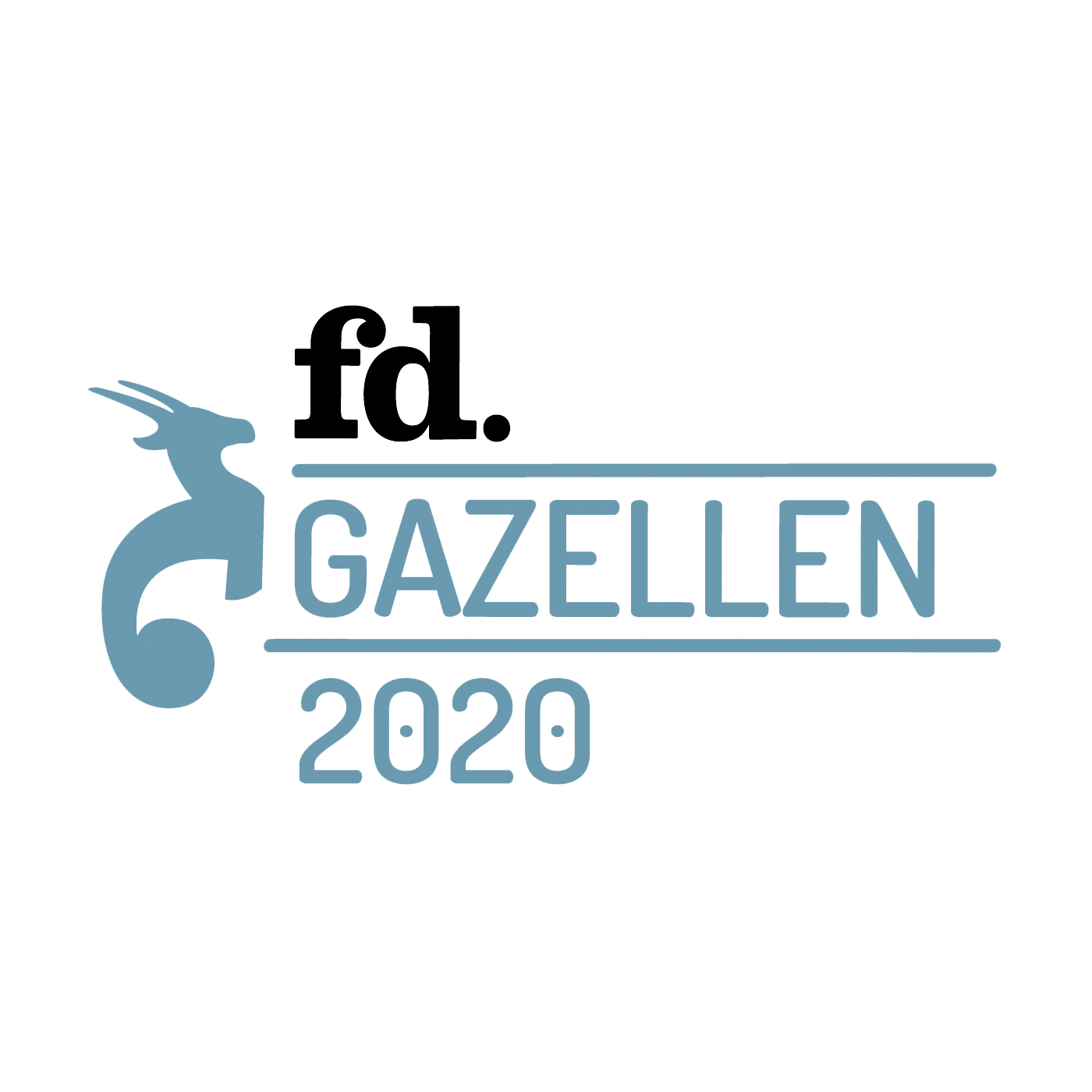If a pine cone opens its scales, it means dry weather. The louder crickets chirp, the warmer it gets. If a halo appears around the moon, brace yourself for heavy rainfall. There are countless ways to predict the weather through natural phenomena. In the Netherlands we have been able to determine the quality of the weather, down to the smallest detail, with the help of advanced technology for years. To achieve this we use meteorological measuring instruments and… the weather rating!
Harry Geurts: inventor of the weather rating
On Tuesday, February 18, Dyflexis had the honor of welcoming Harry Geurts, the inventor of the weather rating, to our office in The Hague. The former KNMI (Royal Netherlands Meteorological Institute) press officer paid us a visit after we had made it clear that we would love to know more about the formula used to calculate the weather rating. Right know you’re probably wondering: why is a company that develops personnel planning and time registration software interested in the weather rating? In the scheduling screen of our system, administrators have the option to enable ‘information lines’. These information lines offer specific information to planners, including the weather forecast, which we indicate through the weather rating. Such features help our clients on a daily basis to create the most efficient work schedule. Harry was not only kind enough to explain his formula to us in person, he was also willing to share his life story and recount the events that led to his revolutionary invention.
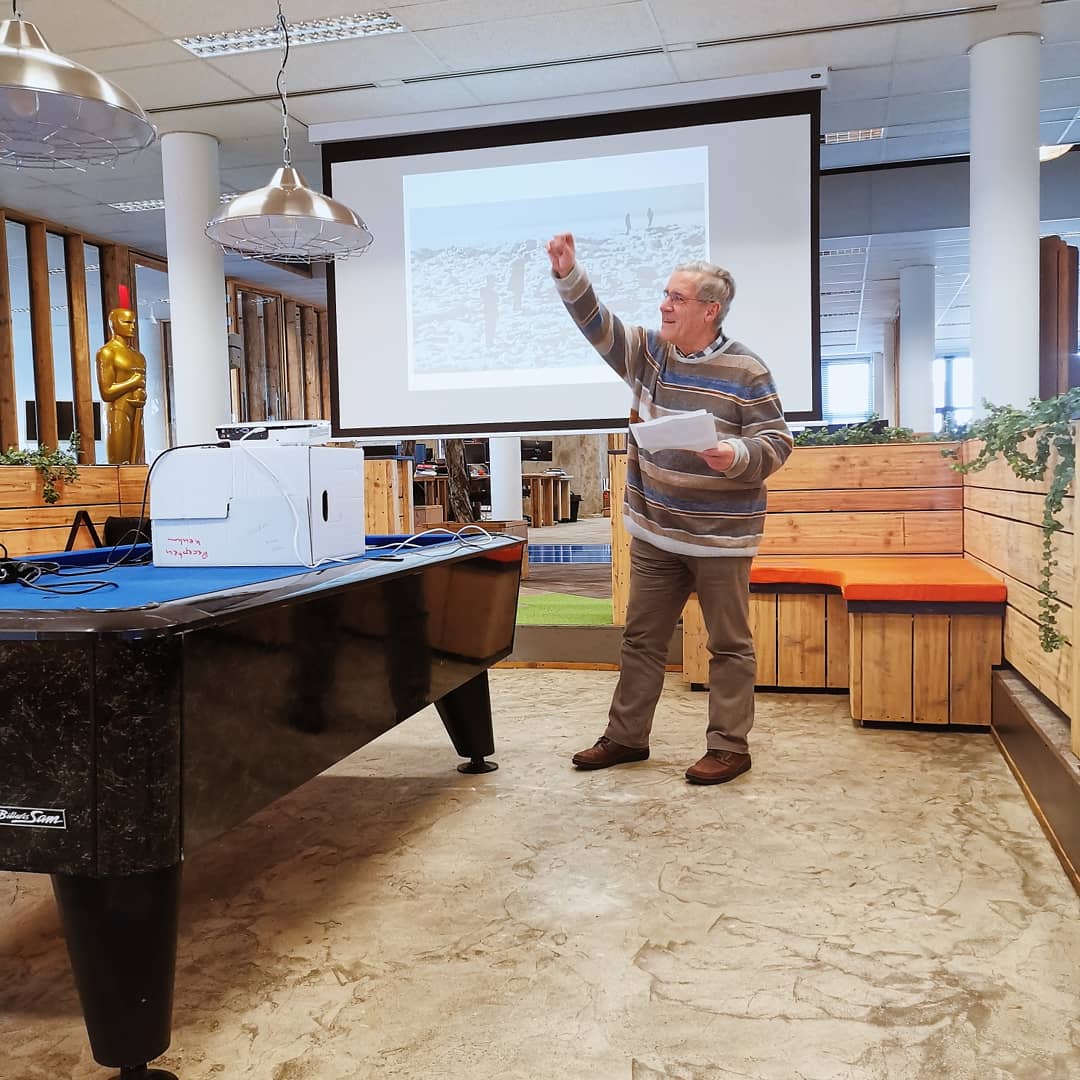
An ice cold winter
Born in 1952, Harry had to endure the harsh winter of 1963, the coldest of the twentieth century, at the age of eleven. There was a heavy snowfall that lasted three months and each day saw freezing temperatures. The icy cold caused ice walls to form on the North Sea coast that reached heights of up to 2.5 meters. It was a spectacular sight to behold, that attracted large crowds of spectators and caused lengthy traffic jams. While most people wanted nothing more than for the winter to quickly come to an end, Harry simply couldn’t get enough. His fascination for this incredible weather phenomenon ignited like a torch and was perhaps the reason why the terrible cold hardly fazed him. The harsh weather completely captivated him and he wanted to learn everything there was to know about the weather.
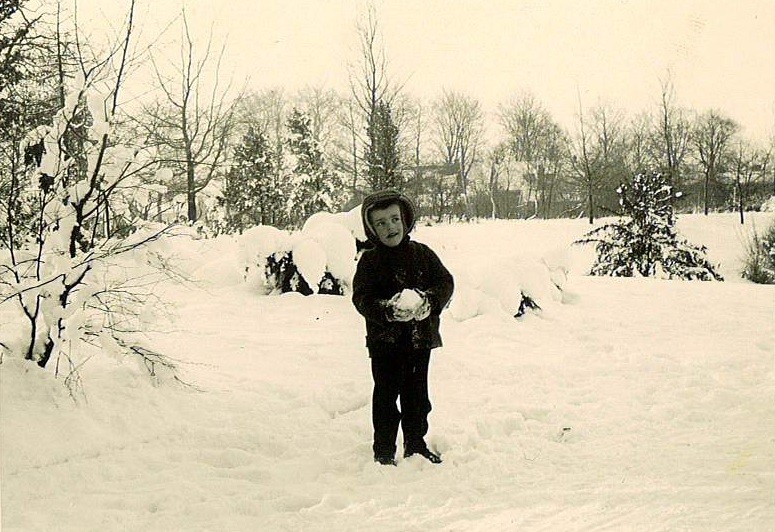
Even before his career began Harry decided to make his own observations of the weather, in a weather hut he built himself. By measuring variables such as humidity and temperature, he managed to create “wonderful statistics”, from which he took a great deal of pleasure. Years later, Harry met another weather aficionado in The Hague, with whom he then started an amateur weather club. The KNMI became interested in Harry’s amateur club. Together with his clubmates, he was invited to give a presentation; even the director was present! The visit resulted in many new contacts. In 1980, Harry began his career at the KNMI by doing historical climate research. He attended various in-house training courses and was also employed at the KNMI seismological department for a time.
In the late 1980s, Harry was asked to fill a new position at the institute. As a result of the discussion on climate change, which started in the 1980s, the KNMI kept receiving more and more publicity. In Harry they saw the ideal person to act as their new press officer and inform the Dutch people on current news regarding the weather. Harry was of course very eager to fill the new position.
In addition to providing people with information on weather and climate, Harry worked on the introduction of the weather alarm and the color codes the KNMI uses to indicate to what extent weather conditions can lead to dangerous situations: the well-known code green, yellow, orange and red. In addition, Harry provided ‘The weather explained’ for over 25 years, a beloved page on NOS Teletext.
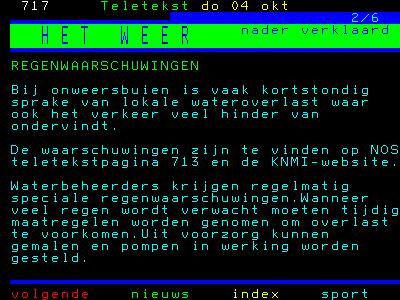
Harry finally retired in 2018. As a self-proclaimed enjoyer of life Harry now spends his days writing books and articles on his greatest passion.
How do clients benefit from the Dyflexis weather rating?
Harry’s biggest contribution to meteorology is without a doubt the weather rating. The idea of summarizing the quality of the weather in a single figure originates from the Belgian meteorology professor Hugo Poppe. Based on Poppe’s method, that involves the use of five numbers, Harry developed a simple version with a score between zero and ten. At a young age Harry’s creative formula helped him win the first prize at a competition for young researchers, entirely against his own expectations.
Dyflexis uses the weather rating to quickly inform users of the quality of the weather, with the help of information lines. For our clients working in the hospitality and leisure industry, this information line offers a lot of added value. After all, the higher the weather rating, the higher people’s desires to visit a terrace and have a drink, for example. The weather rating in Dyflexis helps planners make a more efficient prediction of the optimal occupancy on a particular day, in relation to the expected number of customer visits.
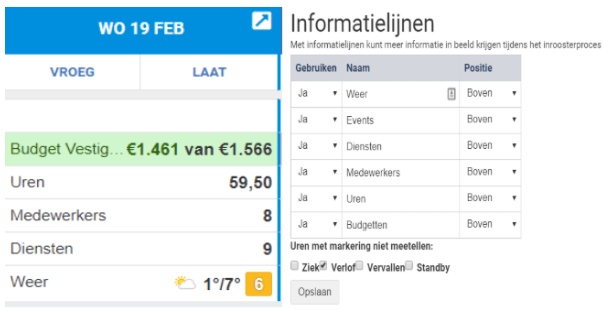
More options for information lines in the scheduling screen
In addition to the weather forecast, it’s also possible in Dyflexis to activate information lines that provide data on, for example, personnel budgets or the total number of employees on a day. This extra information allows planners to take into account factors like personnel costs and staffing during the scheduling process.
Curious about what other possibilities the Dyflexis system offers users for optimizing the scheduling process? You will find an overview of all our solutions on our website. Are you a Dyflexis client and do you have any questions about our system? In our Knowledge Base you can find more information on how to use information lines and other things as well. Our Support department is of course also always ready to assist you!

